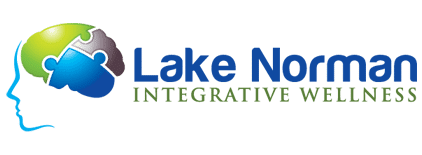Excipients In Medication
We compiled some useful information from the Premier Research Lab website to help you better understand what excipients are and how it affects your health. By the way, Premier Research Labs is a new resource for supplements in our office. We are slowly trying to transition all our supplements away from containing excipients, although that isn’t always possible at this point.
WHAT ARE EXCIPIENTS?
The dictionary defines excipients as:
Excipients are pharmaceutical additives, the inactive ingredients used to make up a medication. They include dyes, flavors, binders, emollients, fillers, lubricants, preservatives, and many more classifications. Common excipients include cornstarch, lactose, talc, magnesium stearate, sucrose, gelatin, calcium stearate, silicon dioxide, shellac and glaze.
Basically, excipients are binders, fillers and “glues” that are typically non-nutritive substances in nutritional products. Would you want to consume anything that is not nutritive? We believe it is unnecessary to take nutritional products that have questionable, potentially harmful, non-nutritive excipients. Please note: Tablets ALWAYS contain excipients (that is how they are made; they cannot be made without them); therefore, we believe the best choice is to avoid nutritional products as tablets.
EXAMPLES OF QUESTIONABLE EXCIPIENTS COMMONLY FOUND IN NUTRITIONAL PRODUCTS:
- Magnesium stearate – a cheap lubricating agent; research shows it to be immune-compromising
- Methyl paraben – a benzoate family member; a known cancer-causing agent
- Microcrystalline cellulose – a cheap filler
- Silicon dioxide – a cheap flowing agent (common sand)
- Methacrylic copolymer – methacrylic acid, a component of the methacrylic acid copolymer
- Triethyl citrate – a plasticizer
- Titanium dioxide – used for color
- Corn starch – typically made from cheap genetically modified corn; can invoke allergic responses
- Talcum powder – a common excipient rarely listed on product labels; a suspected carcinogen
OTHER QUESTIONABLE BUT COMMON TABLETING AND ENCAPSULATING AGENTS 
- D&C red #33
- Propylparaben
- Hydroxypropyl methylcellulose
- Hydroxypropyl cellulose
- Polyethylene glycol
- Red ferric oxide-orange shade
- Methyl p-hydroxybenzoate
- Propyl p-hydroxybenzoate
- Sodium acetate
- Methylparaben
- Sodium metabisulfite
- Eudragit
Source: Premier Research Lab

